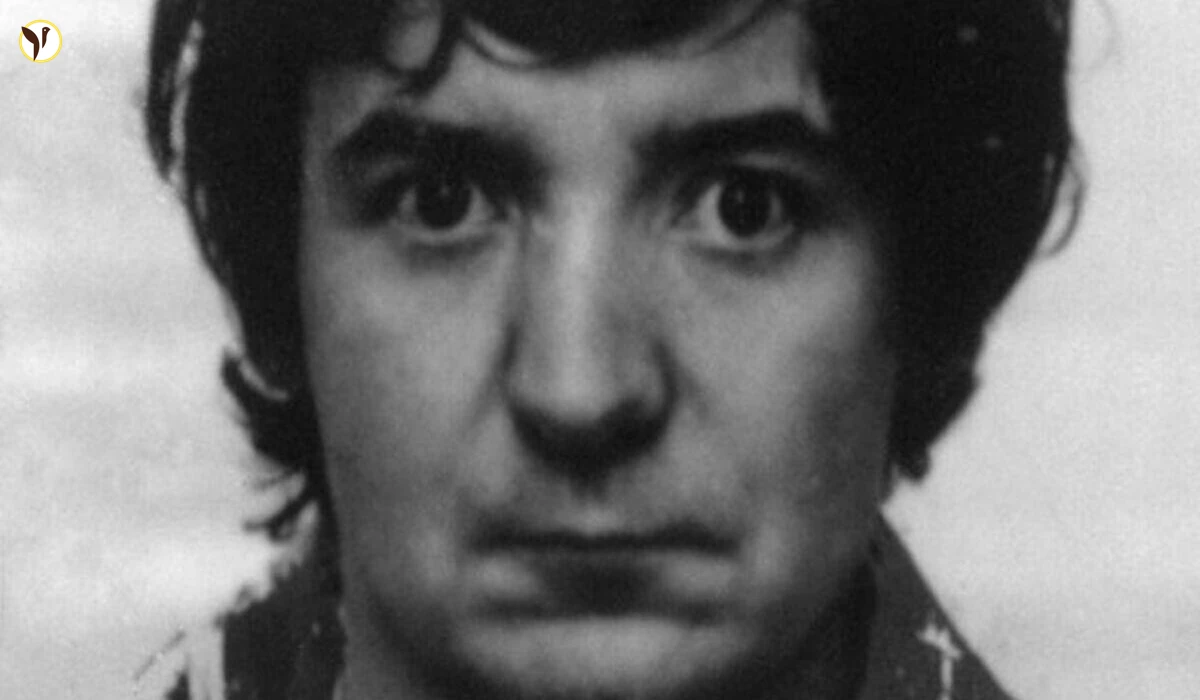Cleared After 38 Years: Peter Sullivan's Wrongful Conviction Overturned
Freedom finally came for Peter Sullivan on May 12th, 2025. At 68 years old, after spending 38 agonizing years behind bars for a crime he didn't commit, Sullivan walked out of the Court of Appeal a free man. His 1987 conviction for the murder of Diane Sindall, a 21-year-old barmaid with her whole life ahead of her, was dramatically quashed thanks to DNA evidence that wasn't available when he was sentenced. This case now stands as what many believe to be the longest miscarriage of justice in British history.
The Case of Diane Sindall
The tragedy began on a summer evening in August 1986. Diane Sindall, engaged and planning her future, was making her way home when her small blue van ran out of petrol near Bebington, Merseyside. It should have been just a minor inconvenience. Instead, it turned fatal.
While walking to a nearby garage, the young woman was brutally attacked, sexually assaulted, and murdered. Passers-by discovered her partially clothed body in an alleyway the following morning—a scene that would haunt the local community for decades.
Just weeks later, police arrested Peter Sullivan, a man they described as a "quiet loner." Despite his unwavering claims of innocence, a jury convicted him in November 1987. For nearly four decades, Sullivan maintained he had nothing to do with Diane's death. Now, science has finally proven him right.
-
The breakthrough: Everything changed when the Criminal Cases Review Commission ordered new DNA testing on preserved samples from the crime scene. Using technology that investigators could only dream of in 1986, forensic scientists identified a DNA profile that conclusively ruled out Sullivan. The genetic material belonged to someone else entirely—someone who has yet to be identified.
In the hushed courtroom last week, the evidence was presented in stark terms: the DNA found at the scene was "one billion times more likely" to belong to an unidentified person than to Sullivan. Even the prosecution had to concede that had this evidence been available at the original trial, Sullivan would never have faced a jury.
Lord Justice Holroyde didn't mince words: "In the light of that evidence, it is impossible to regard the appellant's conviction as safe." With that simple statement, nearly four decades of injustice were officially recognized.
The Aftermath and Ongoing Investigation
When the verdict was announced, Sullivan broke down. Tears streamed down his weathered face—a face that had aged behind prison walls while the world outside transformed beyond recognition. Yet remarkably, his first public statement showed no bitterness.
"I just want to see my family," he said through his lawyer. "And I hope Diane's family finds the peace they deserve." His sister, Kim Smith, who never stopped fighting for her brother's freedom, embraced him tightly outside the court. "Two families have been devastated by this," she told reporters, her voice breaking. "Ours and Diane's."
-
Compensation: Legal experts predict Sullivan will receive a substantial payout from the Ministry of Justice—potentially reaching the maximum £1 million compensation allowed for wrongful conviction cases. But as one of his supporters poignantly asked: "What price can you put on 38 years of a man's life?"
-
The hunt continues: For Merseyside Police, the case is far from closed. They've reopened the investigation with modern techniques, already eliminating over 260 men from their inquiry. The DNA profile remains their strongest lead, though it currently matches no one in the national database. Somewhere, Diane Sindall's killer has evaded justice for almost four decades.
-
Calls for change: Sullivan's case has ignited passionate calls for justice system reform. Advocates point to fundamental questions: How many others might be sitting in cells today, wrongfully convicted? Why did it take so long for Sullivan's case to receive proper review? The Criminal Cases Review Commission faces mounting pressure to examine its processes and resources.
Conclusion: A Long Road to Justice
What does freedom mean after 38 years behind bars? Sullivan entered prison as a young man of 30. He emerges into a world of smartphones, social media, and technology that must seem alien. Friends and family members have died while he sat in a cell. Careers, relationships, and opportunities that might have been his are gone forever.
His exoneration represents both triumph and tragedy—vindication that comes far too late. For the justice system, Sullivan's case serves as a powerful reminder of the human cost when things go wrong. For Diane Sindall's family, it reopens wounds that have never fully healed, as they face the painful reality that her killer remains free.
As Peter Sullivan begins the difficult process of rebuilding a life stolen from him, detectives are combing through evidence both old and new. Somewhere out there is the person whose DNA was found at the scene—the real perpetrator of a crime that destroyed multiple lives. For Diane Sindall, for Peter Sullivan, and for all who believe in justice, the search continues.


/content/stories/thumb/thumb691f101631af46.41563710.webp)
/content/stories/thumb/thumb691f0391185c89.85801612.webp)
/content/stories/thumb/thumb691ee63d83ca22.40736492.webp)
/content/stories/thumb/thumb691ec6118c2124.10453754.webp)
/content/stories/thumb/thumb691ebad64fda71.79100069.webp)


